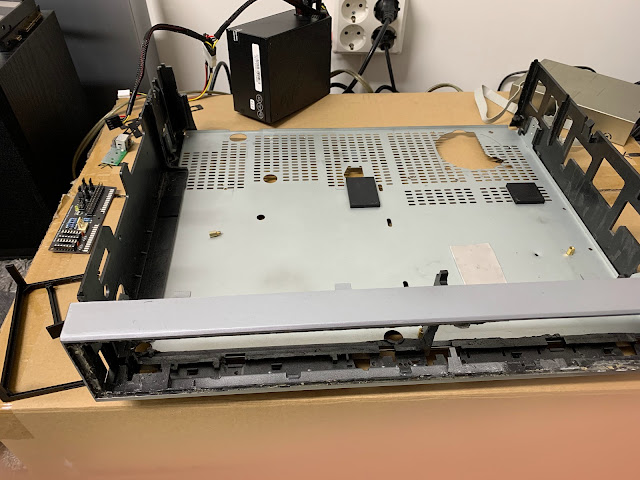Finished set (at least for now)

Eventually in the november 2022 I got all the pieces and parts together again. After finishing the keyboard I did one more update for the A1200. TF1260 After long thinking I finally decided that while I'm working with the system I'm gonna take it to the level what I've dreamt of so I bought a TerribleFire TF1260 with 68060RC Rel5. As it doesn't have real time clock I bought one of those also. I wanted to utilize all the features of the card so I also made a custom kickstart of 3.2.1 to include the ehide.device driver for the IDE port in the TF1260. I followed the instructions from CRG's video https://youtu.be/1Q2qtDPY-i4 except that I didn't make 1MB ROM but stayed with 512kB as ehide.device fitted just into it. Now the Amiga boots from the CF card that is attached to the TF1260. IDE speed raised from 2MB/s to 4MB/s. Photos So here it is with it's final form. There's some minor details that I might still rework, but I'm very happy with the end result...




